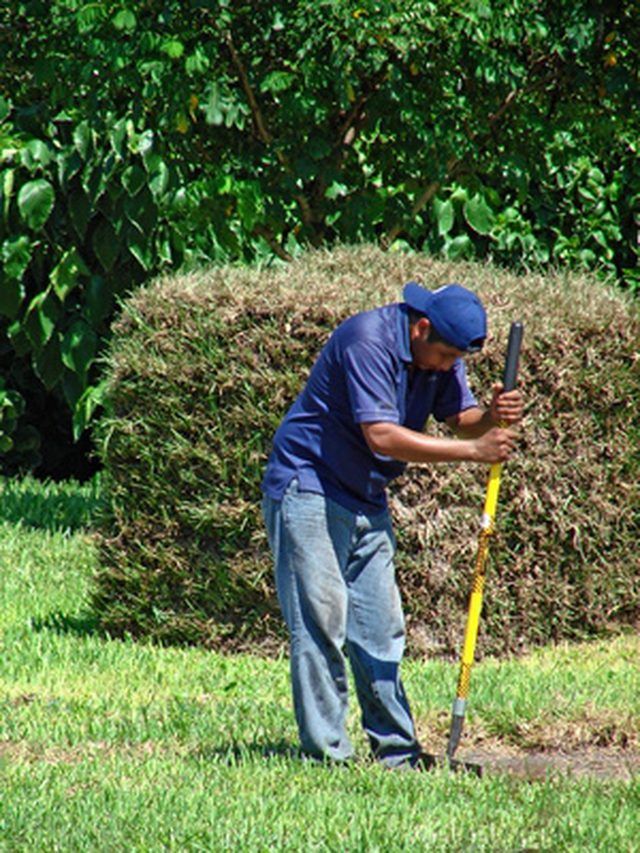Bulbs
Flower Basics
Flower Beds & Specialty Gardens
Flower Garden
Garden Furniture
Garden Gnomes
Garden Seeds
Garden Sheds
Garden Statues
Garden Tools & Supplies
Gardening Basics
Green & Organic
Groundcovers & Vines
Growing Annuals
Growing Basil
Growing Beans
Growing Berries
Growing Blueberries
Growing Cactus
Growing Corn
Growing Cotton
Growing Edibles
Growing Flowers
Growing Garlic
Growing Grapes
Growing Grass
Growing Herbs
Growing Jasmine
Growing Mint
Growing Mushrooms
Orchids
Growing Peanuts
Growing Perennials
Growing Plants
Growing Rosemary
Growing Roses
Growing Strawberries
Growing Sunflowers
Growing Thyme
Growing Tomatoes
Growing Tulips
Growing Vegetables
Herb Basics
Herb Garden
Indoor Growing
Landscaping Basics
Landscaping Patios
Landscaping Plants
Landscaping Shrubs
Landscaping Trees
Landscaping Walks & Pathways
Lawn Basics
Lawn Maintenance
Lawn Mowers
Lawn Ornaments
Lawn Planting
Lawn Tools
Outdoor Growing
Overall Landscape Planning
Pests, Weeds & Problems
Plant Basics
Rock Garden
Rose Garden
Shrubs
Soil
Specialty Gardens
Trees
Vegetable Garden
Yard Maintenance
How to Remove Top Soil
How to Remove Top Soil. Removing topsoil is a simple task requiring very little preparation or prior knowledge. It serves many purposes, from large-scale resale to a national home improvement center, to a homeowner removing topsoil to get rid of an unwanted seedbed full of potential weeds, to a landscaper beginning excavation for a rain garden or...

Removing topsoil is a simple task requiring very little preparation or prior knowledge. It serves many purposes, from large-scale resale to a national home improvement center, to a homeowner removing topsoil to get rid of an unwanted seedbed full of potential weeds, to a landscaper beginning excavation for a rain garden or shallow pond. Whatever the purpose, the finished product is the same: a pile of dirt, and a hole in the ground.
Things You'll Need
Garden spade
String
Wooden stakes
Wheelbarrow
Determine what local or state laws must be followed before you dig. There are often buried cables or pipes which must be marked and avoided when digging; hitting a natural gas line can quickly ruin someone's day. Often, a local agency will come out and mark any cables or pipes. Local businesses like fencing companies will also know what has to be done ahead of time.
Outline the area slated for topsoil removal using the string and stakes to create a border. This will keep the project within the designated area and will help define the overall scope of the effort. Outlining the area will also help estimate the volume of topsoil to be moved.
Using the spade, dig out the area, avoiding any obvious hazards. The depth of the topsoil layer can vary greatly, from a few inches to several feet. The topsoil layer is generally characterized by roots from vegetation, earthworms and insects, and is very dark, often black, in color. The texture of topsoil is moderate; it should break into small pieces easily, but some "grit" should be felt. Some samples of topsoil have more sand or clay than other samples; this varies by region.
Continue digging until the hole appears to have two different layers. The second, deeper layer will usually be lighter in color, be more reddish, or have lots of rocks. Again, this varies by region. The deeper layer is known as subsoil and should not be removed. It has little economic value and very little vegetation will grow in subsoil due to its lack of basic nutrients.
Dig the rest of the topsoil layer out of the designated area, putting loads of it into the wheelbarrow to facilitate more efficient removal from the dig area.
To estimate the volume of topsoil removed, multiply the length and width of the dig site by the (average) depth of the topsoil layer. For example, a site 10 feet by 20 feet, dug to a depth of 6 inches (0.5 feet) will have an approximate volume of 100 cubic feet (10 x 20 x 0.5). For reference, there are 27 cubic feet in 1 cubic yard.
Tips & Warnings
Many hands make light work.
Soil is heavier but easier to work with the day after it rains.
If the soil is very dry, don't dig on a windy day.
Digging is a laborious and sometimes strenuous activity. Make sure diggers are in good health and stay hydrated.
Ensure that the location of all pipes and cables are known before commencing a dig.
Obtain a permit, if necessary.
Check with your Homeowners' Association by-laws, if applicable.